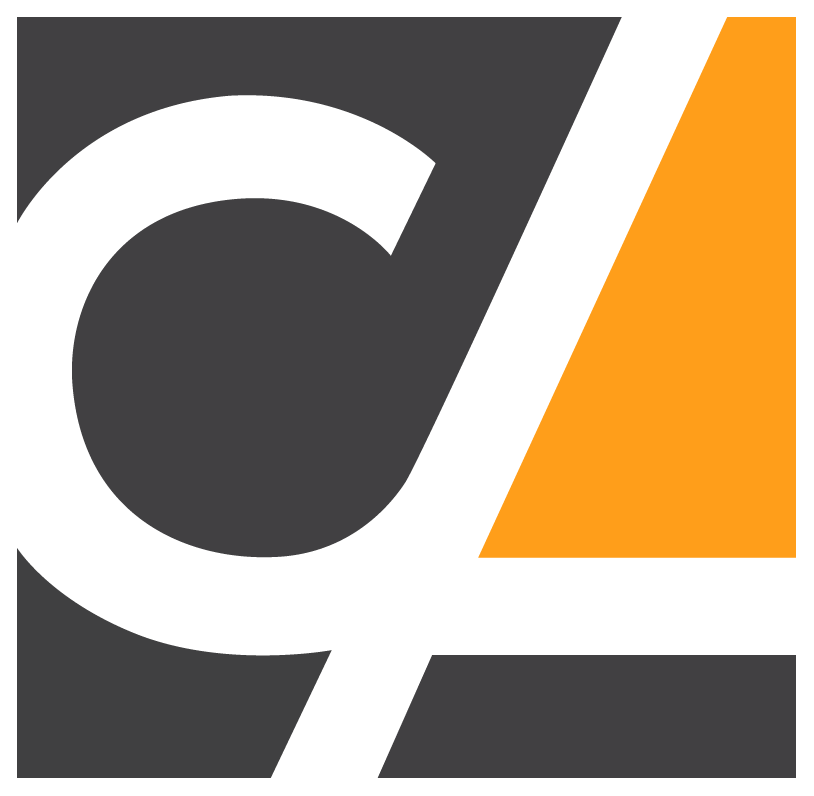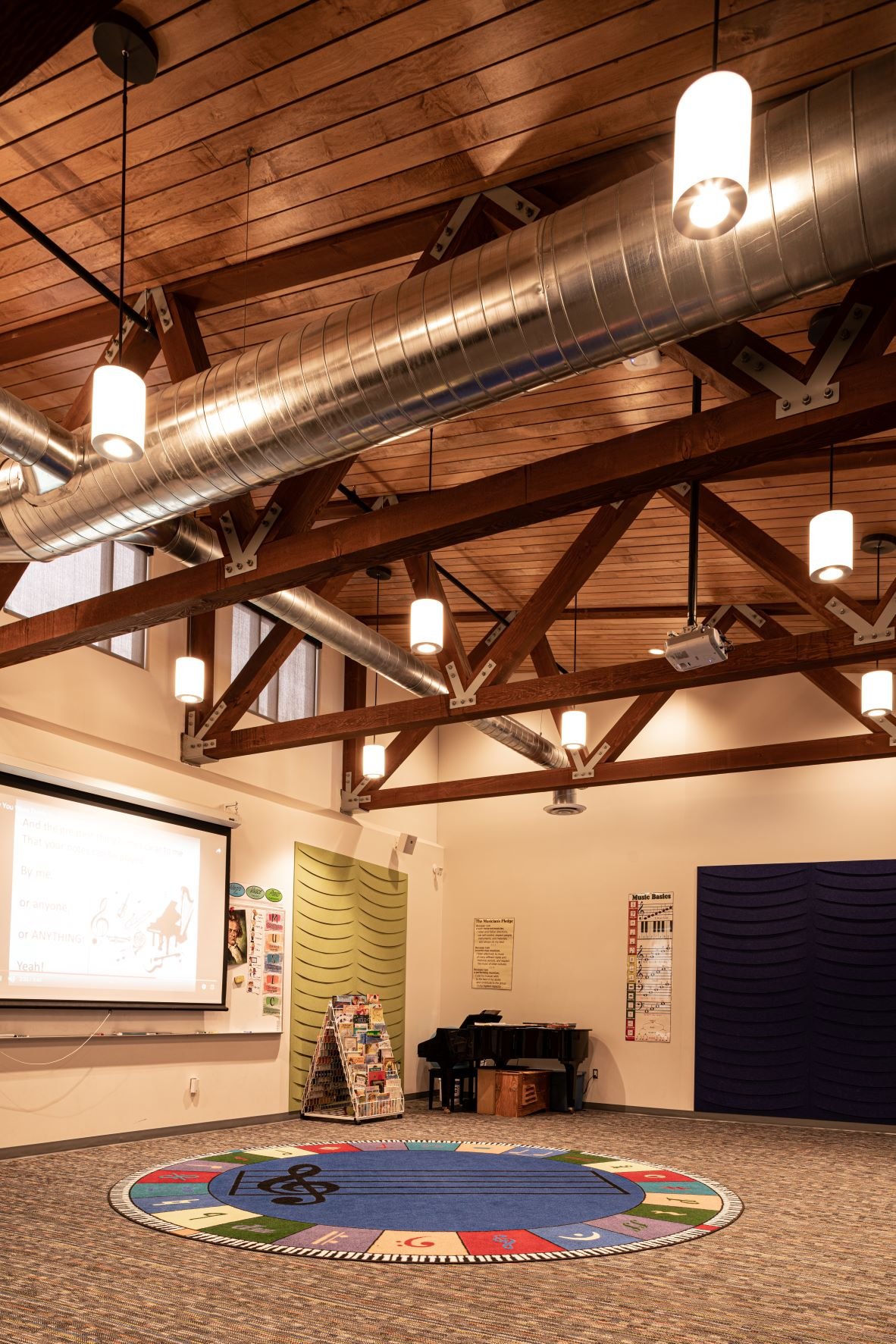2 of the Top Trends in Educational Facility Design
As all trends continue to shift, so do the trends in educational facilities. The following are some popular trends that have been taking shape over the last decade or so and have been enhanced and highlighted as we navigate into this new, post-COVID future.
Alternative Learning Spaces:
For many years, it has not been uncommon for a school to take advantage of it’s entire campus and use the outdoor surroundings as an extension of the traditional classroom—play areas, gardens, nature walks, or just a change of pace from the four walls of a classroom.
In the Covid-19 era, outdoor spaces have become even more important as schools have had to make changes to create safer learning environments and protect students and staff from disease. Outdoor spaces can provide the additional area that schools need to achieve social distancing; in the outdoors there is less transmission of the virus.
So schools that until now had not incorporated outdoor learning into their operations may be persuaded to do so.
“School districts across the United States can use their school grounds and local parks as safe outdoor learning environments to increase their capacity and options for social distancing as students return to school,” says Green Schoolyards America, an organization that seeks to create more green spaces on school grounds.
“Outdoor spaces will reduce the burden on indoor classrooms while providing fresh air, hands-on learning opportunities, and the health benefits associated with increased access to nature.”
Excerpt taken from American School & University magazine’s September 2021 issue.
Agile Learning Environments:
An agile learning environment is an educational playground that is intentionally designed to be adjustable, exchangeable and moveable. The learning space is designed to support idea generation, collaboration and experimentation. Agile learning environments ultimately showcase how the design of a physical space, as well as the implementation of technology within that space, can shift how people communicate with one another.
The primary goal of an agile learning environment is flexibility. The furniture in the space, and the technology used within it, are flexible so that it can be configured and re-configured to suit different approaches to learning and teaching. An agile learning environment has the ability to turn a static or ‘dead’ space into a dynamic space. It can also include the repurposing and use of non-traditional spaces such as hallways and communal zones as impromptu learning spaces.
Excerpt taken from school-news.com/au
Visit our website to sign up to receive our Educational Facilities Newsletter straight to your inbox. Sign up at the bottom of our website’s homepage.





